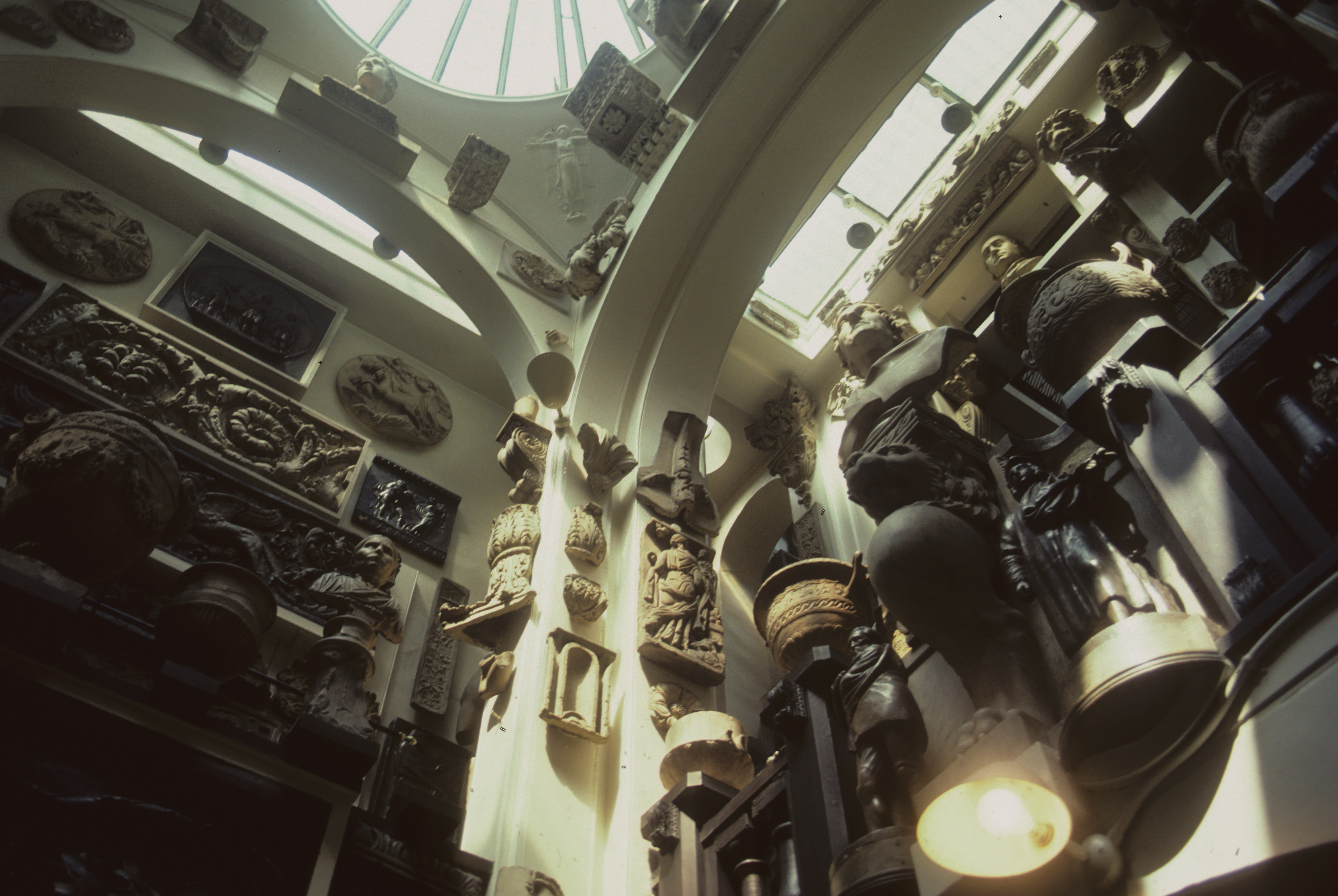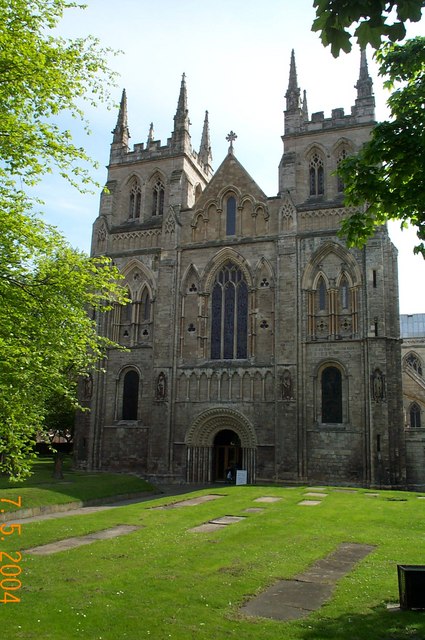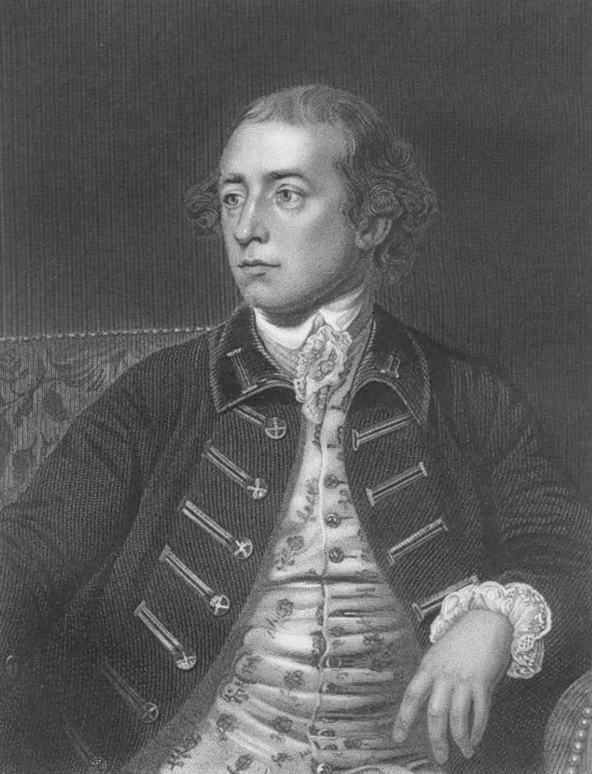|
Hugh FitzRoy, 11th Duke Of Grafton
Hugh Denis Charles FitzRoy, 11th Duke of Grafton (3 April 1919 – 7 April 2011) was the son of Charles FitzRoy, 10th Duke of Grafton, and his first wife Lady Doreen Maria Josepha Sydney Buxton, second daughter of Sydney Buxton, 1st Earl Buxton. He was known from 1936 to 1970 as Earl of Euston. Life and career He was born in 1919 in Cape Town, Union of South Africa. He is one of the hundreds of descendants of Charles II of England. He descends through Henry FitzRoy, 1st Duke of Grafton born to the King's mistress Barbara Villiers. Charles had many children but none legitimate; at his death, the crown passed to his brother, a Catholic who was deposed and whose progeny were excluded on that basis, save for his two daughters raised as Protestants. The House of Stuart thereafter gave way to their distant cousins, the House of Hanover. Through the Duke's ancestor Anne Warren, a daughter of Admiral Sir Peter Warren, he is a descendant of the Schuyler family, the Van Cortlan ... [...More Info...] [...Related Items...] OR: [Wikipedia] [Google] [Baidu] |
His Grace
His Grace and Her Grace are English Style (manner of address), styles of address used with high-ranking personages, and was the style for English monarchs until Henry VIII (r. 1509–1547), and for Scottish monarchs until the Act of Union (1707), Act of Union of 1707, which Union of the Crowns, united the Kingdom of Scotland and the Kingdom of England. In Great Britain and Ireland, it is also the style of address for archbishops, dukes, and duchesses; e.g. His Grace the Duke of Norfolk and His Grace the Lord Archbishop of Canterbury. The correct style is “Your Grace” in spoken and written form; as a stylistic descriptor for Dukes in the United Kingdom, British dukes, it is an abbreviation of the full, formal style: “The Most High, Noble and Potent Prince His Grace”. However, a Royal dukedoms in the United Kingdom, royal duke, such as Prince Edward, Duke of Kent, is addressed as Your Royal Highness. Ecclesiastical usage Christianity The style "His Grace" and "Your Grace" ... [...More Info...] [...Related Items...] OR: [Wikipedia] [Google] [Baidu] |
House Of Hanover
The House of Hanover ( ) is a European royal house with roots tracing back to the 17th century. Its members, known as Hanoverians, ruled Hanover, Great Britain, Ireland, and the British Empire at various times during the 17th to 20th centuries. Originating as a cadet branch of the House of Welf (also "Guelf" or "Guelph") in 1635, also known then as the House of Brunswick-Lüneburg, the Hanoverians ascended to prominence with Hanover's elevation to an Electorate of the Holy Roman Empire in 1692. In 1714 George I, prince-elector of Hanover and a descendant of King James VI and I, assumed the throne of Great Britain and Ireland, marking the beginning of Hanoverian rule over the British Empire. At the end of this line, Queen Victoria's death in 1901, the throne of the United Kingdom passed to her eldest son Edward VII, a member of the House of Saxe-Coburg and Gotha, through his father Albert, Prince Consort. The last reigning members of the House of Hanover lost the Duchy ... [...More Info...] [...Related Items...] OR: [Wikipedia] [Google] [Baidu] |
11th Duke Of Grafton Outside Euston Hall Allan Warren
In music theory, an eleventh is a compound interval consisting of an octave plus a fourth. A perfect eleventh spans 17 and the augmented eleventh 18 semitones, or 10 steps in a diatonic scale. Since there are only seven degrees in a diatonic scale, the eleventh degree is the same as the subdominant (IV). The eleventh is considered highly dissonant with the major third. An eleventh chord is the stacking of five thirds in the span of an eleventh. In common practice tonality, it usually had subdominant function as minor eleventh chord on the second degree (supertonic) of the major scale. See also *Eleventh chord *Extended chord In music, extended chords are certain Chord (music), chords (built from third (chord), thirds) or triad (music), triads with notes ''extended'', or added, beyond the seventh (chord), seventh. Ninth chord, Ninth, Eleventh chord, eleventh, and T ... References Chord factors Fourths (music) Compound intervals {{music-theory-stub ... [...More Info...] [...Related Items...] OR: [Wikipedia] [Google] [Baidu] |
Sir John Soane's Museum
Sir John Soane's Museum is a Historic house museum, house museum, located next to Lincoln's Inn Fields in Holborn, London, which was formerly the home of Neoclassical architecture, neo-classical architect John Soane. It holds many drawings and Physical model, architectural models of Soane's projects and a large collection of paintings, sculptures, drawings, and antiquities that he acquired over many years. The museum was established during Soane's lifetime by a Private act, private act of Parliament, Sir John Soane's Museum Act 1833 (3 & 4 Will. 4. c. ''4'' ), which took effect on his death in 1837. Soane engaged in this lengthy parliamentary campaign in order to disinherit his son, whom he disliked intensely. The act stipulated that on Soane's death, his house and collections would pass into the care of a board of trustees acting on behalf of the nation, and that they would be preserved as nearly as possible exactly in the state they were at his death. The museum's trustees rem ... [...More Info...] [...Related Items...] OR: [Wikipedia] [Google] [Baidu] |
Church Of England
The Church of England (C of E) is the State religion#State churches, established List of Christian denominations, Christian church in England and the Crown Dependencies. It is the mother church of the Anglicanism, Anglican Christian tradition, tradition, with foundational doctrines being contained in the ''Thirty-nine Articles'' and ''The Books of Homilies''. The Church traces its history to the Christian hierarchy recorded as existing in the Roman Britain, Roman province of Britain by the 3rd century and to the 6th-century Gregorian mission to Kingdom of Kent, Kent led by Augustine of Canterbury. Its members are called ''Anglicans''. In 1534, the Church of England renounced the authority of the Papacy under the direction of Henry VIII, beginning the English Reformation. The guiding theologian that shaped Anglican doctrine was the Reformer Thomas Cranmer, who developed the Church of England's liturgical text, the ''Book of Common Prayer''. Papal authority was Second Statute of ... [...More Info...] [...Related Items...] OR: [Wikipedia] [Google] [Baidu] |
Historic Churches Preservation Trust
The National Churches Trust, formerly the Historic Churches Preservation Trust, is a British registered charity whose aim is to "promote and support church buildings of historic, architectural and community value across the UK". It carries out this aim by providing financial grants to repair and modernise church buildings, supporting projects to enable churches to remain open, collaborating with local Churches Trusts and volunteer bodies, providing practical advice, support and information, and working to promote public awareness of the needs of churches. Its forerunner was the Historic Churches Preservation Trust, whose functions it has taken over, together with those of the Incorporated Church Building Society. History By the middle of the 20th century, the fabric of many British church buildings was in a poor state of repair. This had followed socioeconomic changes in the late 19th and early 20th centuries, including population changes, followed by neglect during ... [...More Info...] [...Related Items...] OR: [Wikipedia] [Google] [Baidu] |
Society For The Protection Of Ancient Buildings
The Society for the Protection of Ancient Buildings (SPAB) (also known as Anti-Scrape) is an amenity society founded by William Morris, Philip Webb, and others in 1877 to oppose the Victorian restoration, destructive 'restoration' of ancient buildings occurring in Victorian architecture, Victorian England. "Ancient" is used here in the wider sense rather than the more usual modern sense of "pre-medieval." History Morris' call for the society to be founded was provoked by Sir Gilbert Scott's proposed restoration of Tewkesbury Abbey. In an 1877 letter printed in ''The Athenaeum (British magazine), The Athenæum'', he wrote Alongside Morris, Philip Webb was instrumental in establishing the society in the month following Morris' letter. Initial supporters announced at the group's initial meeting included Thomas Carlyle, John Ruskin, James Bryce, 1st Viscount Bryce, James Bryce, Sir John Lubbock, Leslie Stephen, Coventry Patmore, Edward Burne-Jones, Holman Hunt, Richard Monckt ... [...More Info...] [...Related Items...] OR: [Wikipedia] [Google] [Baidu] |
Earl Wavell
Earl Wavell was a title in the Peerage of the United Kingdom. It was created in 1947 for Field Marshal Archibald Wavell, 1st Viscount Wavell, Viceroy of India from 1943 to 1947. He had already been created Viscount Wavell, of Cyrenaica and of Winchester in the County of Southampton, in 1943, and was made Viscount Keren, of Eritrea and of Winchester in the County of Southampton, at the same time as he was given the earldom. These titles were also in the Peerage of the United Kingdom. The titles became extinct on the early death of his son, the second Earl, in 1953. The family surname was pronounced "''Way''-vell". Earls Wavell (1947) *Archibald Percival Wavell, 1st Earl Wavell Field Marshal Archibald Percival Wavell, 1st Earl Wavell, (5 May 1883 – 24 May 1950) was a senior officer of the British Army. He served in the Second Boer War, the Bazar Valley Campaign and the First World War, during which he was wounded ... (1883–1950) * Archibald John Arthur Wavell, 2nd Ea ... [...More Info...] [...Related Items...] OR: [Wikipedia] [Google] [Baidu] |
Viceroy Of India
The governor-general of India (1833 to 1950, from 1858 to 1947 the viceroy and governor-general of India, commonly shortened to viceroy of India) was the representative of the monarch of the United Kingdom in their capacity as the Emperor of India, emperor or empress of India and after Indian Independence Act 1947, Indian independence in 1947, the representative of the List of heads of state of India#Monarch of India (1947–1950), monarch of India. The office was created in 1773, with the title of governor-general of the Presidency of Fort William. The officer had direct control only over his presidency but supervised other East India Company officials in India. Complete authority over all of British territory in the Indian subcontinent was granted in 1833, and the official came to be known as the governor-general of India. In 1858, because of the Indian Rebellion of 1857, Indian Rebellion the previous year, the territories and assets of the East India Company came under the ... [...More Info...] [...Related Items...] OR: [Wikipedia] [Google] [Baidu] |
Eton College
Eton College ( ) is a Public school (United Kingdom), public school providing boarding school, boarding education for boys aged 13–18, in the small town of Eton, Berkshire, Eton, in Berkshire, in the United Kingdom. It has educated Prime Minister#History, prime ministers, world leaders, Nobel laureates, Academy Award and BAFTA award-winning actors, and generations of the aristocracy, and has been referred to as "the nurse of England's statesmen". The school is the largest boarding school in England, ahead of Millfield and Oundle School, Oundle. Together with Wellington College, Berkshire, Wellington College and Downe House School, it is one of three private schools in Berkshire to be named in the list of the world's best 100 private schools. Eton charges up to £52,749 per year (£17,583 per term, with three terms per academic year, for 2023/24). It was the sixth most expensive Headmasters' and Headmistresses' Conference boarding school in the UK in 2013–14. It was founded ... [...More Info...] [...Related Items...] OR: [Wikipedia] [Google] [Baidu] |
British North America
British North America comprised the colonial territories of the British Empire in North America from 1783 onwards. English colonisation of North America began in the 16th century in Newfoundland, then further south at Roanoke and Jamestown, Virginia, and more substantially with the founding of the Thirteen Colonies along the Atlantic coast of North America. The British Empire's colonial territories in North America were greatly expanded by the Treaty of Paris (1763), which formally concluded the Seven Years' War, referred to by the English colonies in North America as the French and Indian War, and by the French colonies as . With the ultimate acquisition of most of New France (), British territory in North America was more than doubled in size, and the exclusion of France also dramatically altered the political landscape of the continent. The term ''British America'' was used to refer to the British Empire's colonial territories in North America prior to the United States ... [...More Info...] [...Related Items...] OR: [Wikipedia] [Google] [Baidu] |






